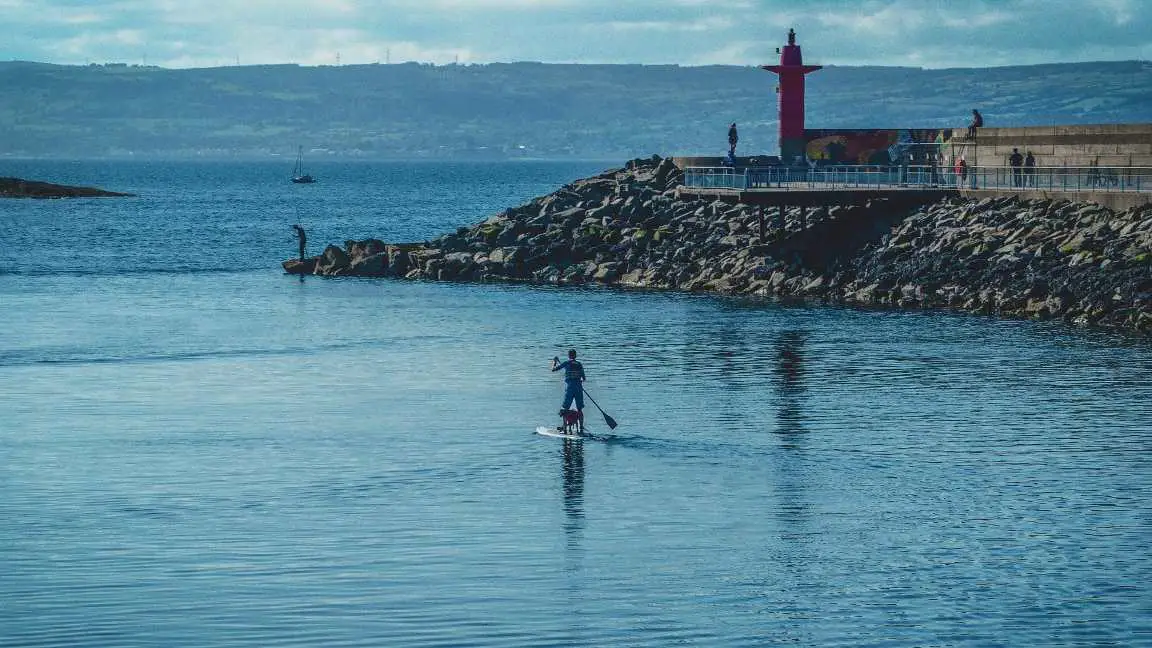In fishing, a lot depends on experience, but you can’t fish with your hands, so fishing tackle is the basis of everything. If they are in the “so-so” category, the result can be expected for a long time. The choice of a rod, fishing line, hooks, floats, feeders, and lures at the first stage seems to be a task in the solution of which the help of experts will be invaluable. Fishing, like any hobby, should leave a feeling of deep satisfaction, and most importantly – a good catch. It’s no secret that the success of a fisherman directly depends on the choice of tackle.
There are many criteria to consider when going to a fishing store. Before indiscriminately purchasing expensive gear, you need to stop and think about the purpose for which the acquisitions are made. Experienced fishermen know that equipment should be selected in accordance with the season, fishing method, and a number of other parameters that determine the quality of fishing. Take your time with the choice. Think about the possible options for which fishing attributes are useful, and consult with more experienced fishermen before making a purchase.
The article will go into detail about the fishing tackle guide for beginners.

How not to get lost?
In this article, you will get to know how to choose fishing tackle for crucian carp, roach, pike, perch, asp, chub, and other fish. You will learn why big-name brands do not guarantee 100% catchability and learn how to assemble work tackle from budget items. Thanks to the information provided on the site, you will save money on the purchase of what you really need. Fishing tackle for each type, catching its own. Outwardly similar, they have significant differences, and therefore do not put spinning lures on a Bologna rod, and do not equip a feeder rod with afloat. Among the tackles, the most commonly used are:
- Float tackle;
- Feeder;
- Spinning;
- Side fishing rod;
- Winter fishing rod.
When choosing any element of tackle for fishing, pay attention to the material, shape, size, and weight. Fishing line, reels, and hooks for each type of fish will have their own characteristics.
Additional equipment
This includes many different types of fishing tackle – these are landing nets, covers, tubes, scales, lip grips, and so on. Most often, most anglers can find the first two of the previously listed. The rest are very rare. Let’s start with the landing net. Its main purpose is to help the fisherman pull large fish out of the water. Therefore, it should be light (so that the hands do not get tired) and strong (the fish can be large and it should easily withstand its weight).
In turn, the cover or tube should provide convenient transportation of fishing gear. That is, also to be light and durable. But at the same time, the hand, when holding such a load, should not get tired. Otherwise, you will get tired even before you start fishing.

Tackle Reviews
This section is about how to choose your fishing tackle. Here you will also find useful information about the latest news in the fishing industry. What criteria should be used to make a choice, what to consider, and how to determine whether a fishing rod (line, reel) is good – it is difficult for a beginner to answer these questions. Reviews that are regularly published on our pages will help you make your own choice.
From hundreds of types of fishing lures, and many models of rods and reels, choosing the one that ideally suits your requirements and the conditions of a particular reservoir will be much easier if you first get acquainted with their characteristics. Sometimes the smallest detail determines the outcome of a fishing trip. You can look for the best tackle on the Fishing Superstore website.
Wobblers
A wobbler is an imitation of live bait. In appearance, they resemble small fish. They are conventionally subdivided into fin and finless. In a store, industrial samples of such a bait are quite expensive, so there is a natural desire to make such a device on their own. This is where the question arises, how to make a fishing tackle? The algorithm is very simple:
- Take a piece of wood and cut it with a hacksaw to the length we need
- Using a knife, give the desired shape
- Paint
- Next, attach the eyelet and hook.
That’s it, the wobbler is ready. There is nothing difficult in its manufacture; a beginner angler can easily cope with this task. And the material resources saved in this way can be used to purchase more necessary components.
Fishing line
The most important parameter that characterizes the line is its cross-section. It must be selected based on the potential catch. The larger the fish lives in the reservoir, the greater this value should be. For example, for catching medium-sized grayling, a cross-section of 0.2 to 0.3 mm will be sufficient. In small bodies of water where small fish live, a thin line is taken. If the fishing takes place on a large river, where, moreover, the bottom is overgrown with algae, and there is a large stream, then you cannot do without a diameter of more than 0.3 mm.
Hook
The determining factor that shows the real quality of a fishhook is its sting. It should be 3-4 times longer than its section. Also, the shape of the tip must be conical. The size of the hook itself needs to be guided by the inhabitants of the reservoir in which it is planned to fish. As a fastening, all, without exception, fishermen, when fixing them, try to use a Californian knot, which is distinguished by its simplicity and reliability.


